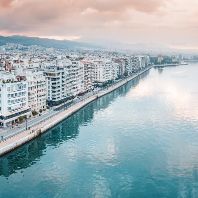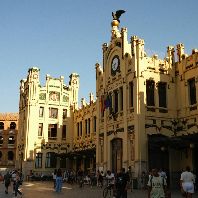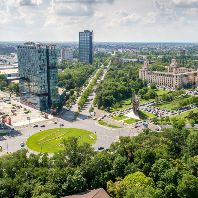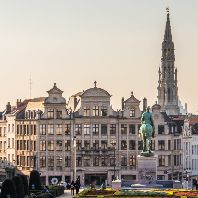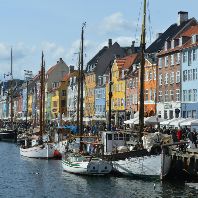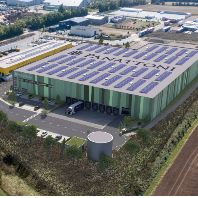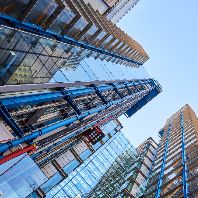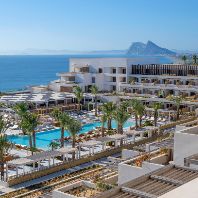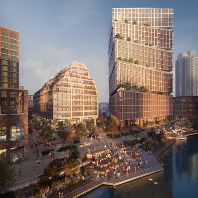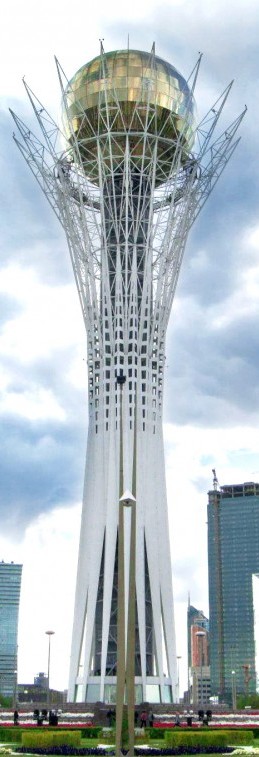 ©Ken_and_Nyetta
©Ken_and_Nyetta
ECONOMIC OUTLOOK The relatively stable and resilient, resource-rich Kazakh economy recorded a sustained 6% GDP growth in real terms last year. CPI inflation slowed down to 4.9% y-o-y at the end of 2013, and it is forecast that the National Bank’s main task is to decrease the inflation level to 3%-4%. Kazakhstan is an emerging country, which has a worsening balance of payments problem due to the rising imports, mainly in consumer goods. That is one of the reasons for the devaluation of its currency, the Tenge, by 19% in February alone. The devaluation was far larger than expected in comparison to the Russian Rouble’s drop which took place during the same period. Both currencies plunged to a record low, and this is likely to affect the real estate market as rates are reflected in fixed dollar amounts.
Although the previous capital city, Almaty still remains the commercial center of the country, Astana’s rapid development may change this status in forthcoming years. The main economic activities in the capital are observed in the government sector which plays a public role through projects such as new government buildings, the Presidential Palace, Pyramid of Peace and Tower of Bayterek.
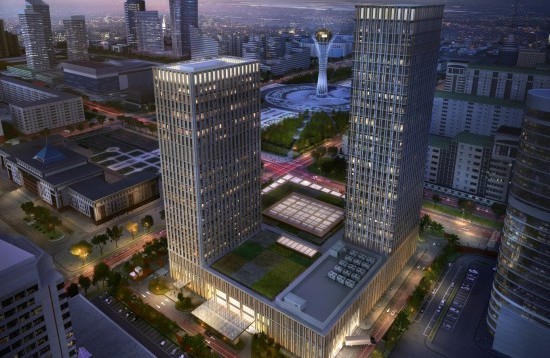 ©Verny Capital
©Verny Capital
INVESTMENT MARKET In comparison with the level seen at the beginning of 2013, both investment volumes and demand are slowly increasing, especially in the office and retail sectors. The property markets of Astana show a positive trend which has resulted in uplift activity during the last 12 months from both investors and occupiers. The capital city’s relocation was a guarantee of a long-term growth of the city, which brought many development opportunities in all sectors.
Astana will host the International Specialized Exhibition, which will focus on future energy and global sustainability issues. The event will take place in 2017; 20 years after the city reached the capital status. EXPO 2017 is expected to bring new investments and give the city a new, modern image, increasing its international status, impacting the commercial real estate market in a positive manner.
The year 2013 was rather successful for investors as all the important factors in commercial real estate have been growing smoothly and stably. Both the rent and the total scope of construction works have increased in comparison with 2012 and this trend is going to remain and even develop till the end of EXPO’s preparations.
 ©Verny Capital
©Verny Capital
OFFICE MARKET The demand for the office premises in Astana is strong and steady as it is driven by both the public (mainly government-related companies) and the private sectors. This has an impact on the market occupancy rate, which is currently around 95%. In 2013, many multinational companies decided to move their headquarters from Almaty or open a branch office in the capital city. The supply is going to increase significantly before EXPO 2017 as there are many office projects under construction.
The total stock of modern office premises (grade-A and B) reached almost 500,000 m². Construction in the pipeline is at a relatively high level and the supply of modern office premises is expected to grow significantly mainly thanks to Talan Towers, a 120,000 m² mixed-used development (including 26,000 m² of office premises) by Verny Capital, which will be the first LEED certified project in Kazakhstan. Abu Dhabi Plaza is another mixed-use development comprising a GLA of 230,000 m² (150,000 m² of office premises). It is expected that these projects will be completed in 2016, respectively 2017. In terms of the local market, the most significant business centers in Astana are: Moscow Park, Saint Petersburg, Saad (part of the Marriot Complex), BC Q, Astana Tower and Emerald Towers.
The average base rents for the grade-A varies between $30-$45/m²/month, while grade-B premises prices start from $20 up to $30. It is expected that both the prime rents will rise and the vacancy rate will remain low till commissioning of the new grade-A projects.
RETAIL MARKET In Q4 2013, the total modern retail stock in Astana reached about 320,000 m². A retail scheme worth mentioning is Khan Shatyr, which was designed by Norman Foster and Buro Happold and completed in 2010. The rest of important shopping centers and retail facilities are Mega Astana, Keruen, Asia Park and Saryarka. Many interesting schemes are expected to be opened in the future, including the Talan Towers development (which includes 8,300 m² of luxury fashion gallery) and Abu Dhabi Plaza.
In 2013, there were many players who entered the market which caused an increase in average rents. The vacancy rate is relatively stable and reaches not more than 10%, mainly in facilities with relatively inefficient concept and without professional management. It is believed that demand for the new, conceptual and professionally managed retail facilities will remain strong. The players who are already active on the market are planning to expand, while many international retail operators are planning to enter the market.
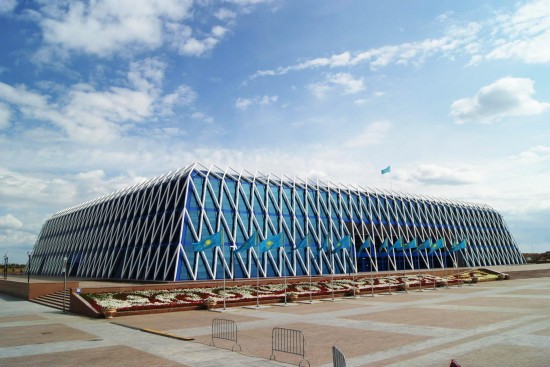 ©Pawel Siwek
©Pawel Siwek
INDUSTRIAL/LOGISTICS MARKET While Almaty is definitely the most developed Kazakh city in the transport and logistics sectors, Astana plays the role of the second most developed city. Due to the lack of quality facilities, this market is developing very rapidly in comparison to other regions in Kazakhstan.
The modern warehouse stock in Astana totaled circa 40,000 m² at the beginning of 2014. The total warehouse market comprises a larger total area, with much of the existing warehouse stock built during the Soviet era. DAMU Astana, USKO International, and Astana Import-Export are the biggest players in Astana’s modern warehouse and logistic centers market.
The average rates on the Astana industrial market vary in the range of between $10 to $13/m²/month (excluding VAT and operational expenses), while the vacancy rate is around 5%.
 ©msykos
©msykos
HOTEL MARKET Kazakh capital city, Astana hosts mainly people traveling for business purposes. The city is interesting for many international upscale and midscale hotel operators, such as RIXOS, Radisson, Ramada or Park Inn by Radisson. Due to the forthcoming EXPO and predicted visit of 4 million people in 2017, the development of the capital’s hospitality market is quite significant and includes projects such as The Ritz-Carlton (157 rooms in Talan Towers planned to be opened in Q1 2017), Hilton Garden Inn (249 rooms, May 2014), Marriot (228 rooms, June 2014), Ibis (268 rooms, September 2014) and hotel rooms at Abu Dhabi Plaza complex (2017).
Astana currently offers over 5,000 hotel rooms. The average daily base rate is rather stable and fluctuates only because of the seasonal factors; in autumn and spring the occupancy rate reaches its peak. The average upscale hotel rack rate varies from $400 to $600, while the midscale hotel rack rate reaches the average level between $120 and $300.
If you’d like to promote your city, please contact media@europe-re.com.
